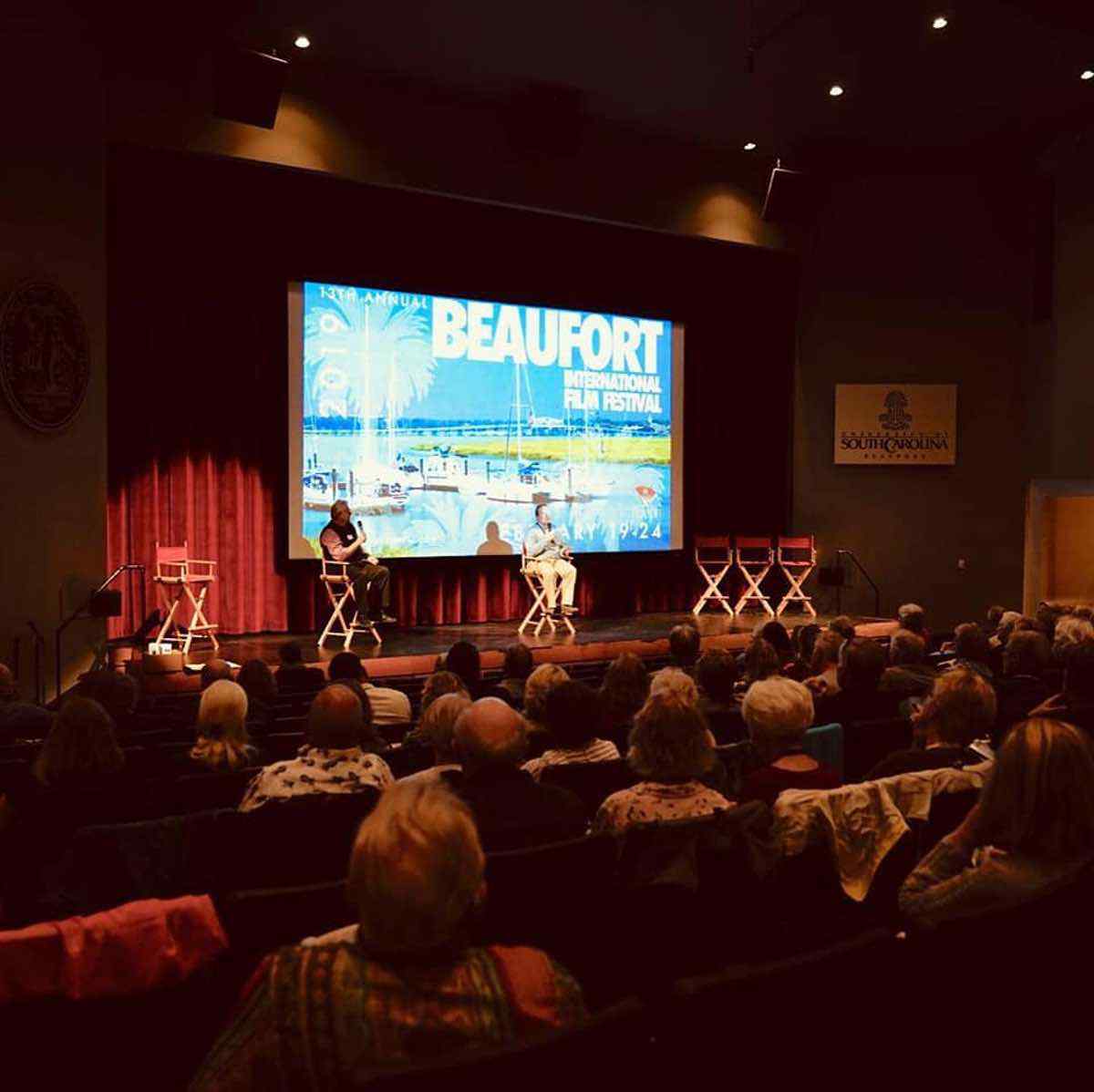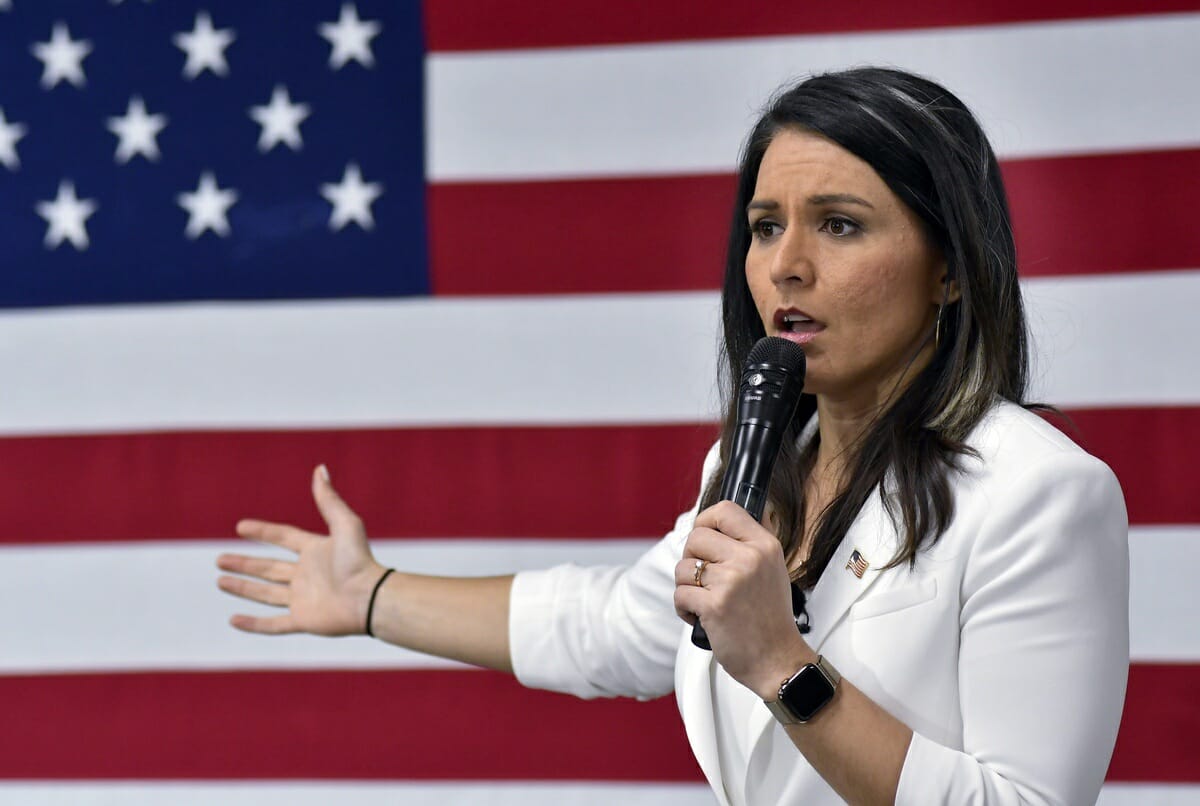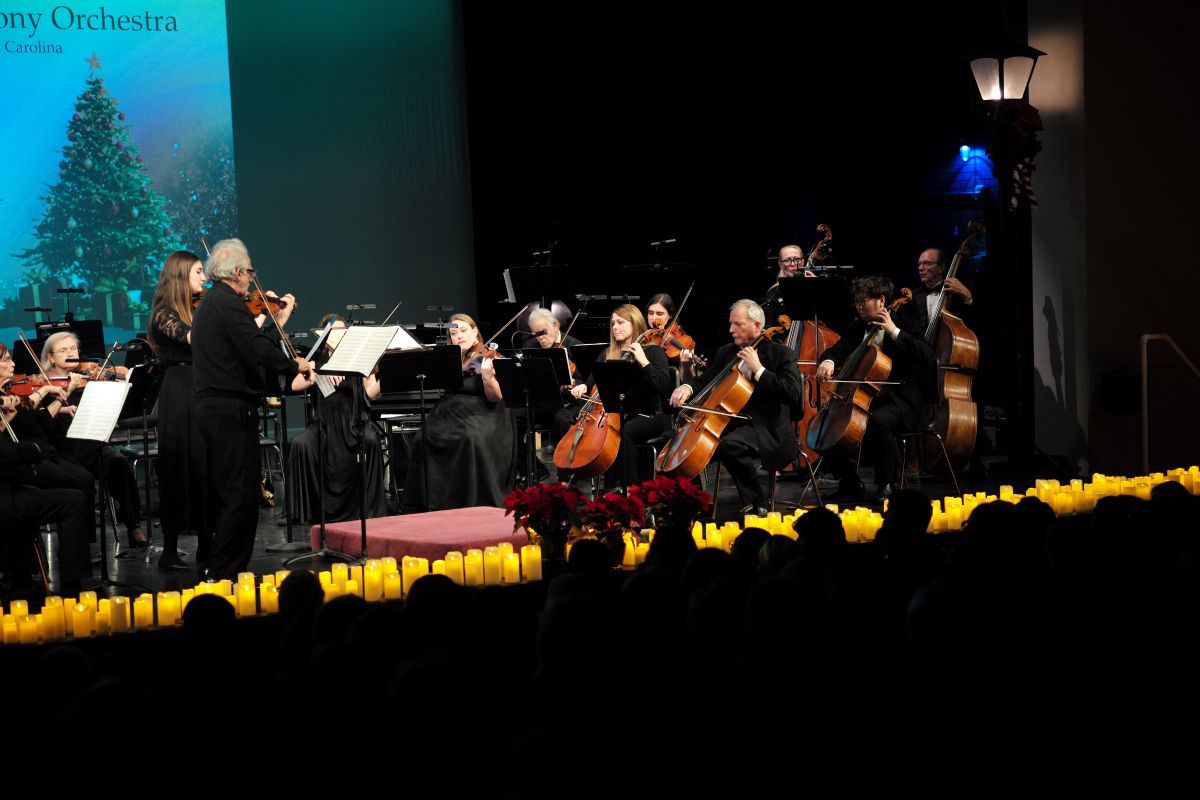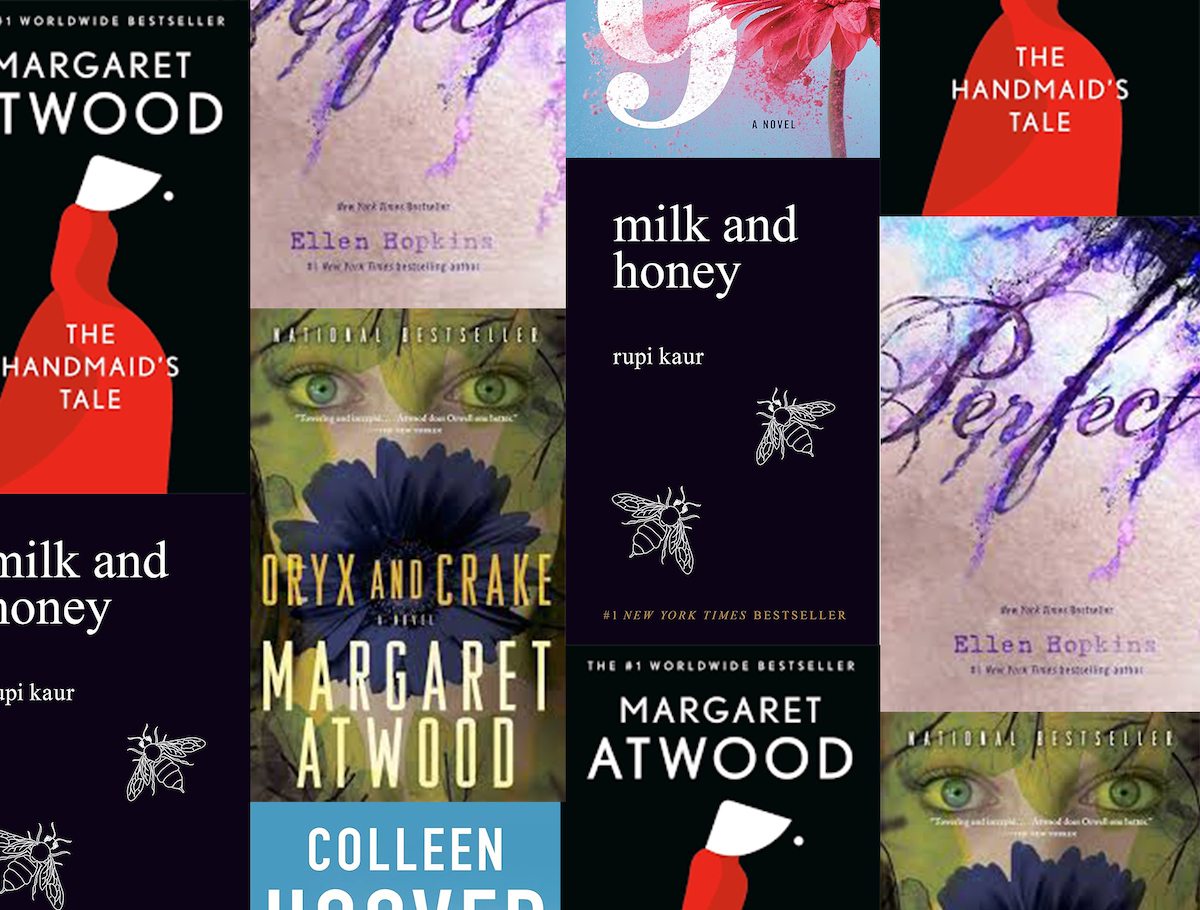Beaufort’s International Film Festival enjoying increased numbers since its ‘breakout year’
By MINDY LUCAS
Film festivals like Beaufort’s own, which takes place this week, aren’t just a lot of fun for those who enjoy seeing new movies or hobnobbing with stars. They can actually be good for local economies as well.
In fact, really good, some say.
Take Sundance for instance. Widely considered one of the world’s premiere film festivals, Sundance generated $182.5 million in economic impact for the state of Utah last year, according to the Sundance Institute. It also attracted more than 122,000 attendees from 48 states and 35 countries.
And while the Beaufort International Film Festival isn’t in the same economy of scale as Utah’s 11-day mega event, the festival has been seeing some respectable numbers of its own in recent years, and is even growing in attendance, said Ron Tucker, President/CEO of the Beaufort Film Society, which produces the festival.
“We call 2010 our breakout year,” Tucker said.
That was the year that the festival’s estimated attendance jumped from 500, recorded just three years earlier, to 5,000.
A number of factors conspired to get to that heady number, Tucker explained.
First, an aggressive campaign to make Beaufort more welcoming to festival goers was launched by the Beaufort Film Society, which had become the festival’s sole producer that year.
As Tucker went on to say, the society worked to build alliance with hotels, restaurants and other local businesses in an effort to increase the area’s sense of hospitality.
Second, 2010’s festival featured Beaufort’s own Pat Conroy, actress Blythe Danner and actor Michael O’Keefe. The star-studded weekend had people talking about the festival for a long time after it was over, which helped to raise the festival’s profile, Tucker said.
“That kind of launched us onto another level,” he said. “We went from not being known, to being pretty well known.”
Additionally, social media, which had also begun to grow exponentially by 2010, coupled with word of mouth, has continued to fuel the festival’s popularity.
Ten years later, those earlier efforts are paying off, he said. Last year, the festival – now a five day event – saw a record setting 16,000 in attendance. In addition, hotels had to add additional nights to accommodate longer visits.
The increased numbers are also reflected somewhat in a zip code analysis conducted last year by the Greater Beaufort-Port Royal Convention and Visitors Bureau and the Lowcountry and Resort Islands Tourism Institute (LRITI) at the University of South Carolina Beaufort.
Among those who responded to the survey, visitors in particular had been to the festival before and tended to stay in Beaufort for multiple days. In addition, when they visited, they cited the festival as their primary reason for visiting, confirmed Anton Abraham, interim director for LRITI.
“What I always find quite interesting is, it’s a very local festival but it does attract tourists and they do come for this event,” Abraham said. “They travel specifically to Beaufort for the festival.”
What’s more, while the survey does not stand in for an economic impact study – which can be quite expensive for municipalities or entities to conduct – some things can still be gleaned from the data collected, he said.
For instance, of those visitors who were surveyed:
46 percent said they planned to spend $100 or more per night on accommodations.
68 percent will spend at least $50 or more per day eating at restaurants.
24 percent will spend at least $50 or more per day on recreation such as golf or bicycle rentals (37 percent said they would spend less than $50).
36 percent will spend $50 or more per day on retail shopping (46 percent said they would spend less).
“That’s why it’s so important for the local economy,” Abraham said. “They’re eating in restaurants, spending money on recreation or retail and that is feeding into the local economy,” he said.
Andra Reeve-Rabb, Dean of the School of Entertainment Arts for Savannah College of Art and Design, echoed what Abraham said.
SCAD’s annual film festival, which saw more than 60,000 visitors in 2019, generates millions of dollars in economic impact each year for the city of Savannah, she said. And the impact can be felt even after the last popcorn is sold, she noted.
“Many directors and producers who attend the festival fall in love with Savannah. This often leads to future projects,” she said. “Oscar-winning director Barry Jenkins attended the film festival in 2018. Last summer he began filming his new series “Underground Railroad” in Savannah, hiring hundreds of local actors, below-the-line workers and SCAD students.”
SCAD’s festival in particular provides opportunities for potential employees to plug into Georgia’s growing film industry.
“Our SCAD students and community members have the opportunity to interact with the best directors, producers, writers, actors, set designers in the business,” she said. “Making those connections leads to our students getting jobs without having to move to Hollywood or New York. They can stay and work in Savannah, and keep contributing to the local economy.”
Like SCAD’s festival, Tucker said, the Beaufort festival too has filmmakers, not just fans, who come away from the event talking about the positive experience they had in the Lowcountry of South Carolina. They then go on industry sites, such as www.filmfreeway.com, where they comment and tell other filmmakers about the Beaufort festival.
Tucker and his wife, Rebecca Tucker, who serves as vice president for the film society, said they have been “pleasantly surprised” by that aspect.
“It has taken on a power of it’s own, mainly through word of mouth from the filmmakers,” he said. “And then they tell other filmmakers, and then when they submit films that are at such a level that they are competing at Tribeca, Cannes, Sundance and South by Southwest, then your pedigree changes and you’ve got filmmakers that are accomplished, that are award-winning that are coming here.”
Word of mouth not only can be a useful tool when making future marketing decisions, it may just be one of the most important determinants when looking at a festival’s overall success, Anton Abraham said.
In the 2019 survey, 84 percent said they were extremely likely to recommend Beaufort’s festival to friends.
“That percentage is very, very big,” said Anton Abraham. “And is basically a testament to the success of this festival.”








